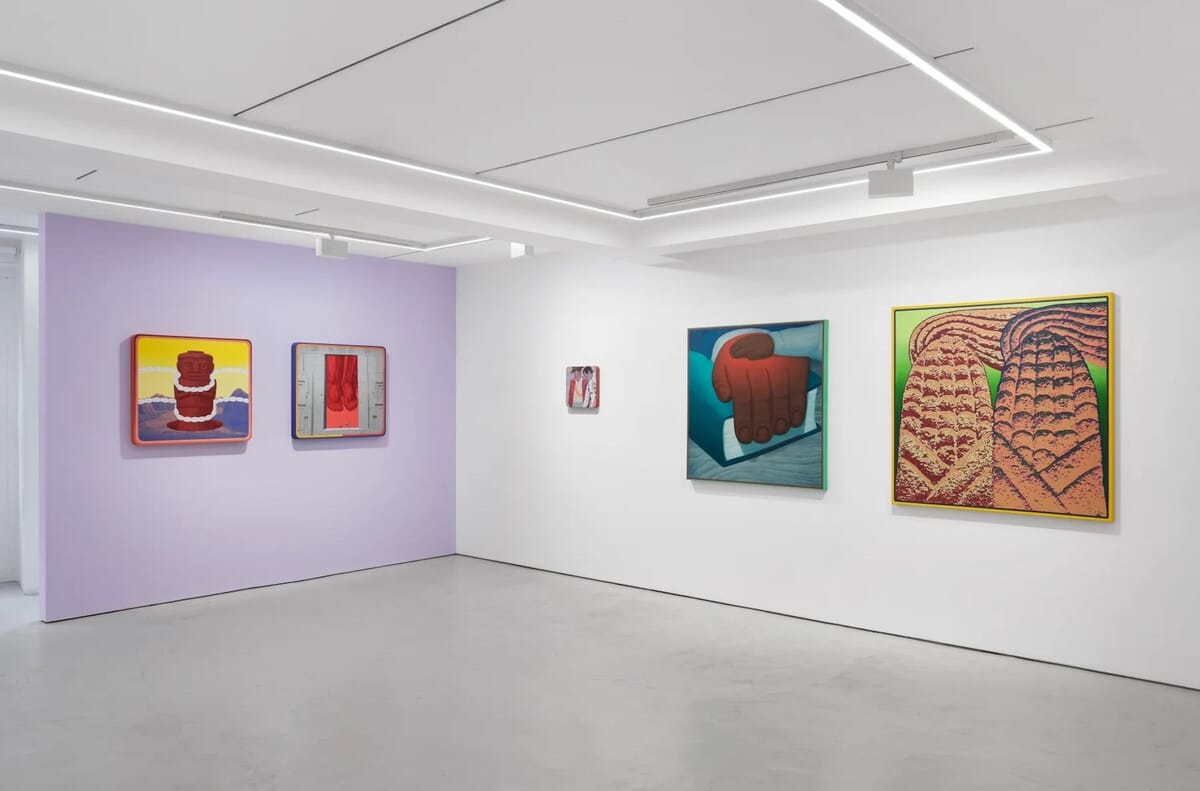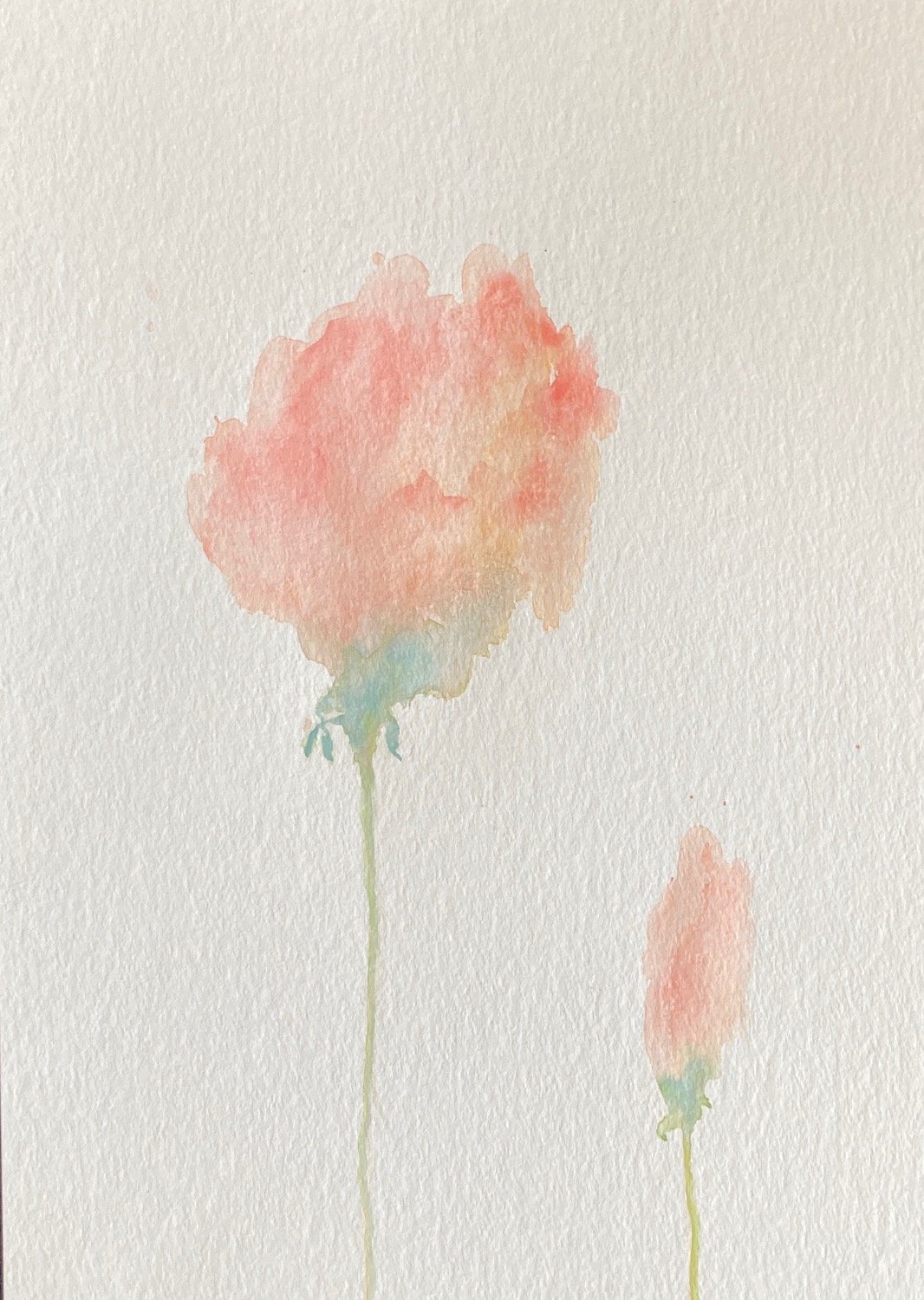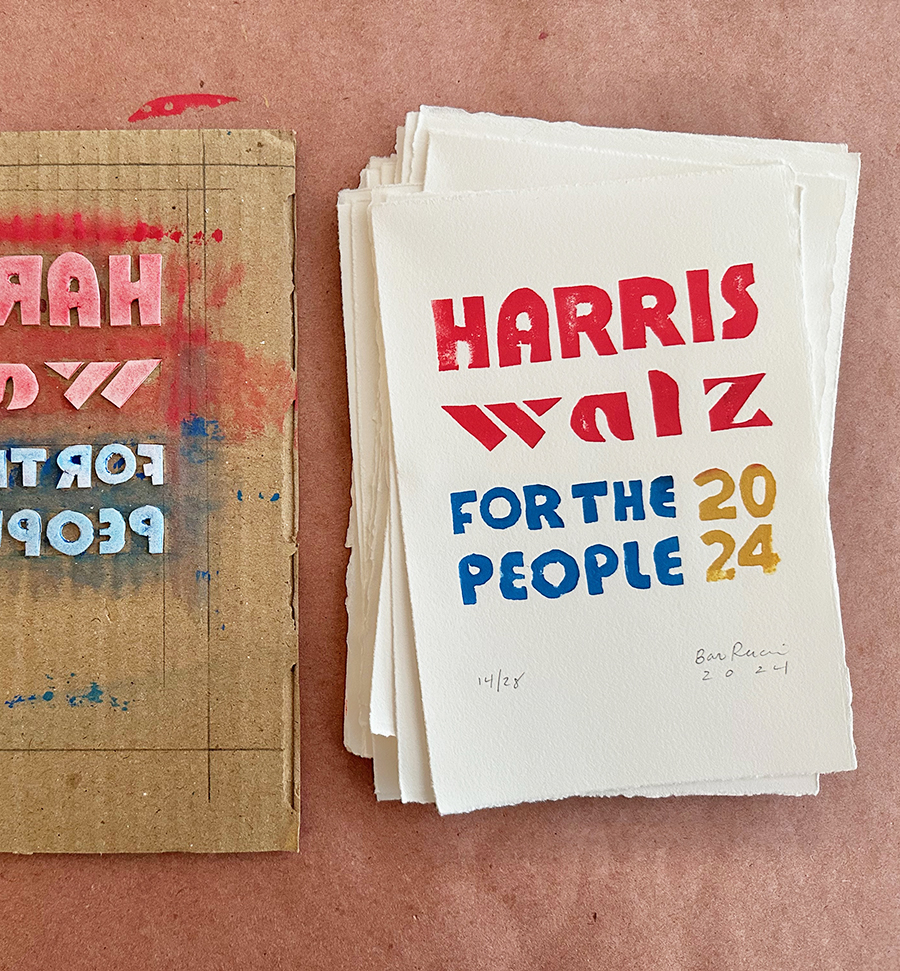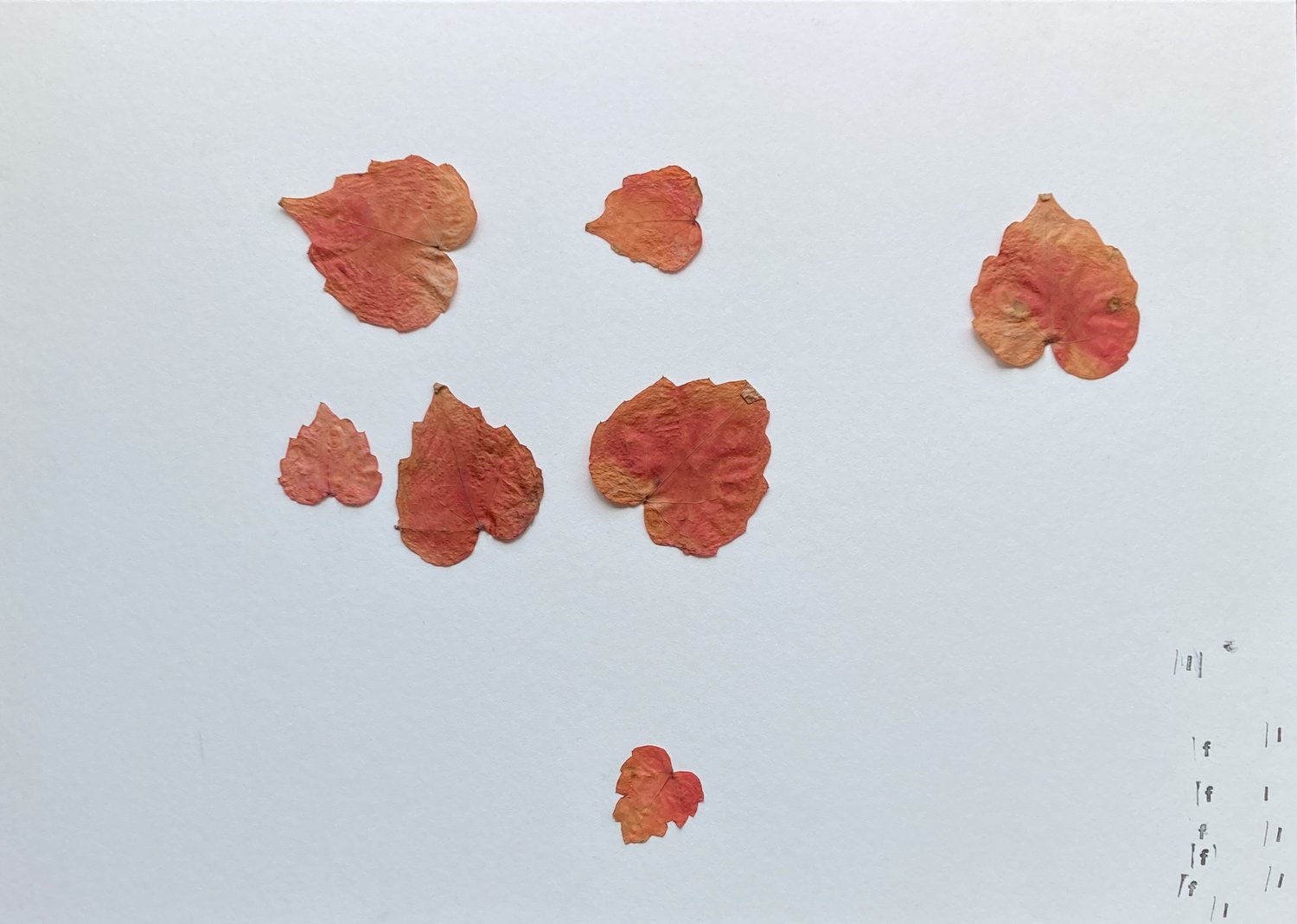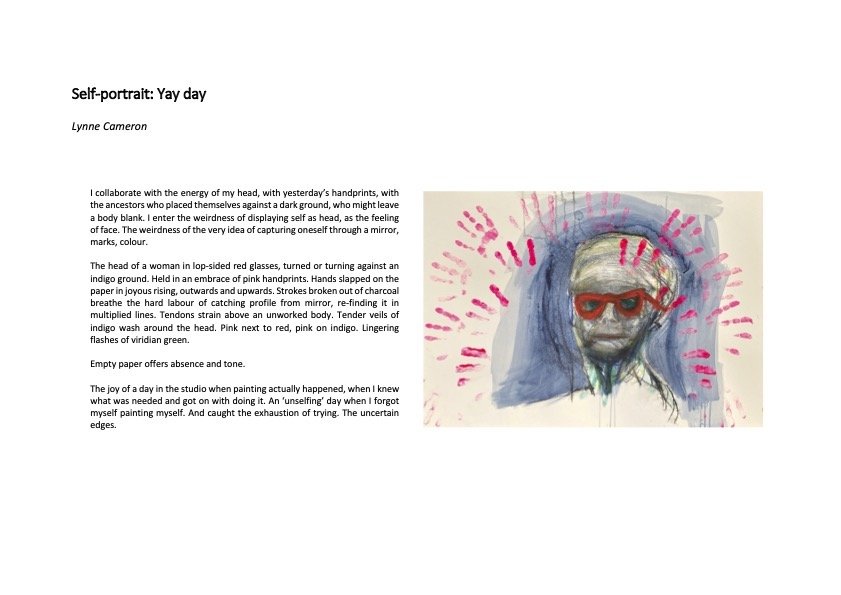Uncover six exhibitions we think you should see in London before spring, from Japanese Art History à la Takashi Murakami to tech-tinged dreamscapes.
By Sophie Heatley | 16 Jan 2025
With Christmas behind us and New Year resolutions underway (kind of), I can’t quite believe we’re already halfway through January 2025. Torn between being thrilled that the hardest month of the year is almost over and somewhat shook at how quickly it’s gone, I’m distracting myself with the fortification of my arts and culture diet. Now definitely feels like a good time to sit back, have a coffee, and plan a few exhibition visits. Here are six we think you should check out in the next few months.
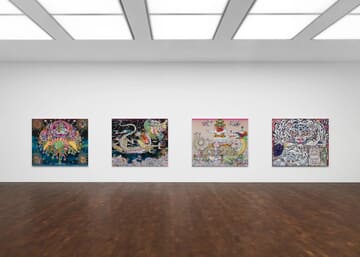
Gagosian London presents new works by Takashi Murakami, reinterpreting iconic Japanese art through his signature lens. Blending tradition and modernity, Murakami explores Japan’s cultural evolution post-Edo period, pairing mythical guardians of Kyoto with contemporary landscapes. Using AI, sketches, and past works, Murakami reimagines historical motifs with vibrant inventiveness. Highlights include his take on the Four Symbols and re-workings of Matabei’s Rakuchū-Rakugai-zu and the Rinpa school. Also for the diary: the artist will be in conversation with Hans Ulrich Obrist on December 11 at the Royal Academy.
Gagosian Grosvenor Hill, London, until 8 Mar 2025

Pace presents Neena, aan uthii—Acaye Kerunen’s vibrant UK solo debut. Translating to See me, I am here in Alur, this exhibition showcases sculptures, sound installations, and performance inspired by Ugandan communities and ecological knowledge. Based in Kampala, Kerunen combines visual art, performance, and activism in climate-conscious creations. Her vivid tapestries use natural dyes from roots, flowers, and grasses, blending rich hues like indigos, tangerines, and fuchsias that reflect Uganda’s diverse landscapes. I wouldn’t want to miss this immersive celebration of embodied knowledge and environmental artistry.
Pace, London, until 22 Feb 2025

Lawrence Perry’s psychologically charged, witty paintings bring universal fables into sharp, contemporary focus. Blending sumptuous textures with uncanny worlds, his work explores themes of desire, violence, and image saturation. Ambitious and visceral, the show crowns Perry’s unique and arresting style, an aesthetic that fuses Renaissance opulence with 70s Californian excess.
IBF Contemporary, London, until 12 Feb 2025
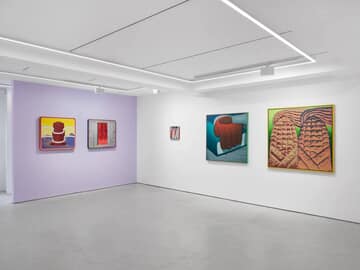
Following acclaimed shows at Nottingham Contemporary and Dundee Contemporary Arts, GRIMM Gallery presents Borrowed Air, Martínez Garay’s third UK solo exhibition. Exploring “moments of rupture” where European modernity collides with Andean cosmo-visions, her works in printmaking, etching, and painting give voice to historically underrepresented perspectives. Pieces like Intrusos en sus tierras (2024) challenge official histories, using school textbook aesthetics and a striking brown-white chromatic motif to confront colonial narratives with political and emotional depth.
GRIMM, London, until 22 Feb 2025
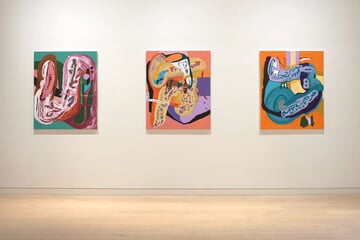
Showcasing a selection of new paintings across three different series: SYNACLIPS, FRONTRACKS SYNACLIPS SPE and CORTEXOPHIS, Jana Schroder: M. I. G. H. T. explores the Metamorphosis in Generative Human Thinking (M.I.G.H.T.), an acronym devised by the artist to evoke ambiguity and doubt. Immersed in a tech-tinged dreamscape, Schröder explores the clash between digital floods of information and our analogue minds, reflecting how constant connectivity is reshaping our perception and attention– and not necessarily for the better. Biomorphic shapes undulate in vivid pinks, greens, yellows, and blues, like neural networks suspended in water—a mesmerising look at our evolving relationship with technology.
Skarstedt, London, until 1 Feb 2025
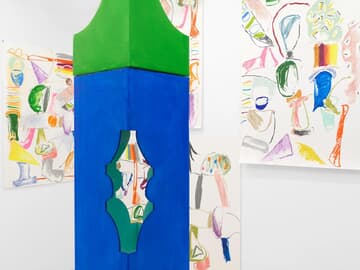
I couldn’t not include Jonathan McCree’s Through The Wrong End Of A Telescope. A playful, improvisational journey, McCree’s third solo show with the gallery features a constellation of cardboard, cast aluminium, folded metal sculptures, paintings, and drawings in a fluid exploration of lived experience and non-linearity. Each piece invites viewers into a dynamic game of perception, challenging them to carve their own unique path through its emergent relationships.
Sim Smith, London, until 8 Feb 2025
